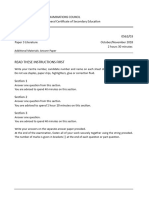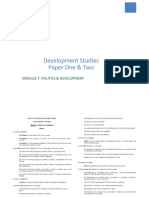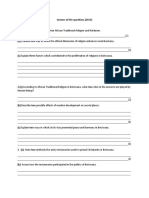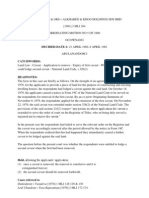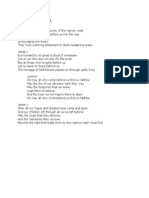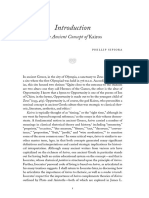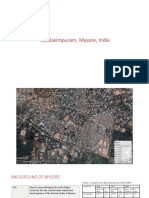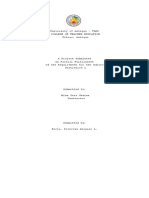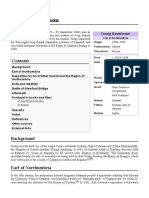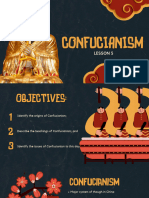Absolutely, Kaone!
Here's your full essay in paragraph form on the
negative impacts of the Tati Gold Mine on Batswana from 1867 to
1963, written in simple English:
Negative Impacts of the Tati Gold Mine on the Lives of Batswana
(1867–1963)
Although the Tati Gold Mine brought some development to Botswana, it
also caused many negative effects on the lives of Batswana between 1867
and 1963. Most of the wealth and benefits from the mine were taken by
foreign owners, while many Batswana remained poor and faced many
challenges. These problems affected education, health, basic needs,
infrastructure, industries, agriculture, and employment.
In education, the mine did not help much to improve schools for
Batswana. Most children in mining areas had no access to good schools.
Education was often given to white children or only a few African learners.
Many Batswana youth had to leave school early to find work and support
their families, which made it hard for them to get better jobs in the future.
As a result, many remained uneducated and unable to improve their lives.
The health of Batswana was also affected negatively. The mining towns
became crowded with poor living conditions. There was little clean water,
and few toilets, which caused the spread of diseases like malaria,
tuberculosis, and cholera. The mine workers also worked in dangerous
conditions underground, breathing in dust and using unsafe tools. There
were few clinics, and most of them were only for white mine officials.
Batswana workers had very little access to proper health care.
Basic needs were hard to meet for most Batswana. Although people
earned money from mine jobs, the wages were very low. Many could not
afford enough food, good clothes, or proper housing. The prices of goods
in town were high, and this made life even harder for poor families.
Instead of helping all people, the mine mostly improved the lives of
foreigners and rich settlers.
Infrastructure development, such as roads and electricity, was mostly
focused on serving the mine and European areas. Batswana homes had no
electricity or running water. The roads in their areas were still poor, and
there was no improvement in village development. Only towns like
Francistown saw some progress, but even there, black Batswana were left
out of most services and developments.
In terms of industrial growth, the mine did not help Batswana start their
own factories or businesses. The mining industry was fully controlled by
�foreign companies, and Batswana were not allowed to own part of it. The
mine did not encourage the building of local industries that could benefit
the local economy. This kept Batswana dependent on low-level jobs and
stopped them from growing financially.
Agriculture also suffered. Many men left their farms to look for work in the
mine. This caused a shortage of labour in villages and reduced food
production. Some farming areas near the mine were affected by pollution
from mining dust and waste. Families that used to grow their own food
had to buy expensive food from shops, which made them struggle even
more.
Lastly, employment at the mine had many problems. Batswana were only
given low-paying jobs such as labourers, cleaners, and messengers. They
were not promoted to better positions, even when they had skills. Working
conditions were hard and dangerous. Many workers were injured or
became sick, and there were no laws to protect them. This made mine
jobs unsafe and unfair for most local people.
In conclusion, the Tati Gold Mine brought some changes to Botswana, but
many of these changes had bad effects on Batswana. People faced poor
education, health issues, low wages, and loss of farming. Most of the
development helped foreigners, while Batswana remained poor and
without support. The mine failed to improve the lives of the majority, and
instead, it created many problems that slowed down the progress of the
country.
Let me know if you’d like this formatted for printing, or if you need help
with your cover page, references, or full project file!

















